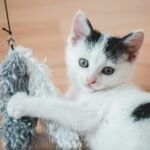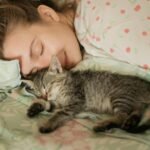Indoor cats have specific nutritional requirements that differ from their outdoor counterparts. Unlike outdoor cats that often supplement their diets with hunting, indoor cats rely solely on the food provided by their owners. Understanding the basic nutritional components needed in their diet is essential for maintaining their health and wellbeing.
The Importance of Protein in a Cat’s Diet
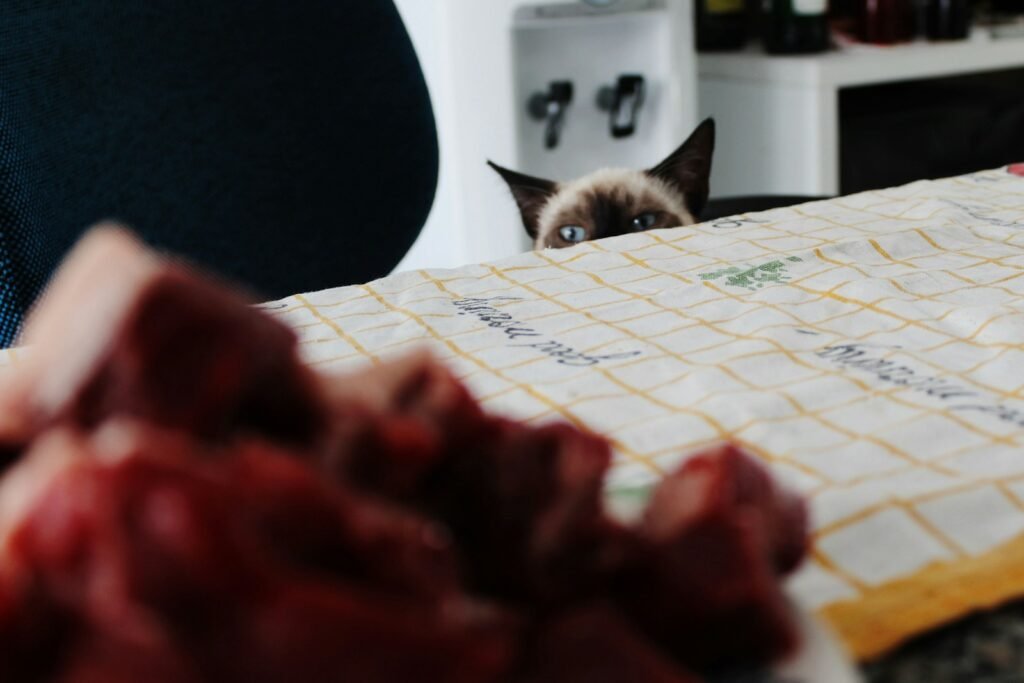
Protein is a crucial element for cats, as they are obligate carnivores. This means they primarily require meat-based proteins to obtain essential nutrients like taurine, arginine, and arachidonic acid. A diet rich in high-quality animal protein supports muscle maintenance, organ function, and energy levels.
Balancing Fats for Energy and Coat Health
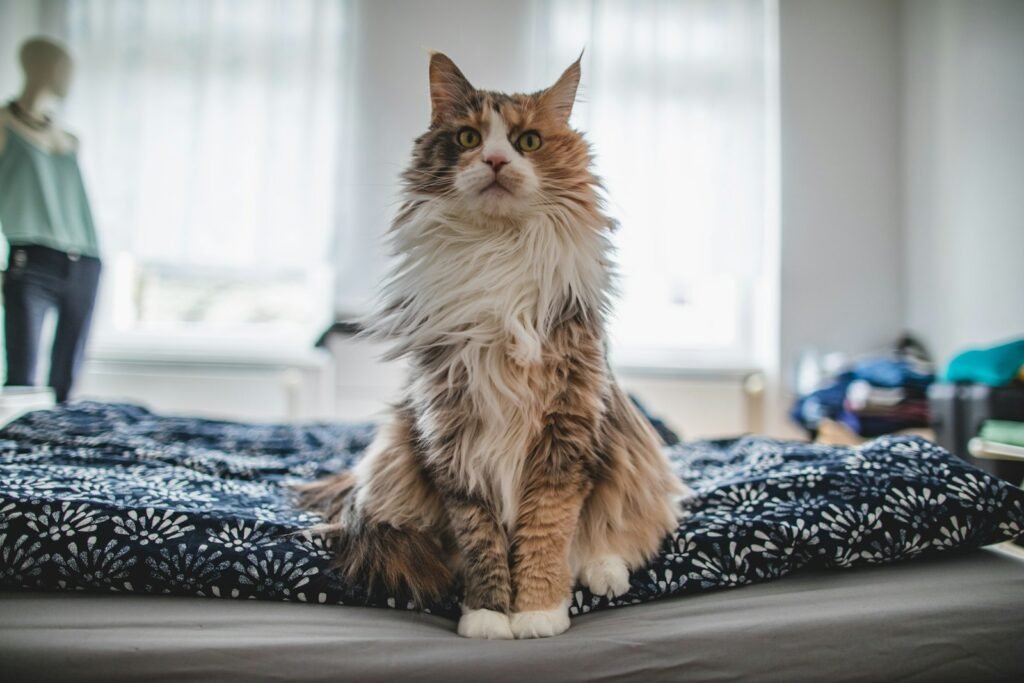
Fats serve as a concentrated energy source and are vital for absorbing fat-soluble vitamins. They also contribute to a healthy and shiny coat, which is particularly important for indoor cats that may shed more due to mechanical environments. Ensuring the diet includes appropriate levels of healthy fats, like omega-3 and omega-6 fatty acids, aids in promoting vibrant fur and skin condition.
The Role of Carbohydrates in Cat Nutrition
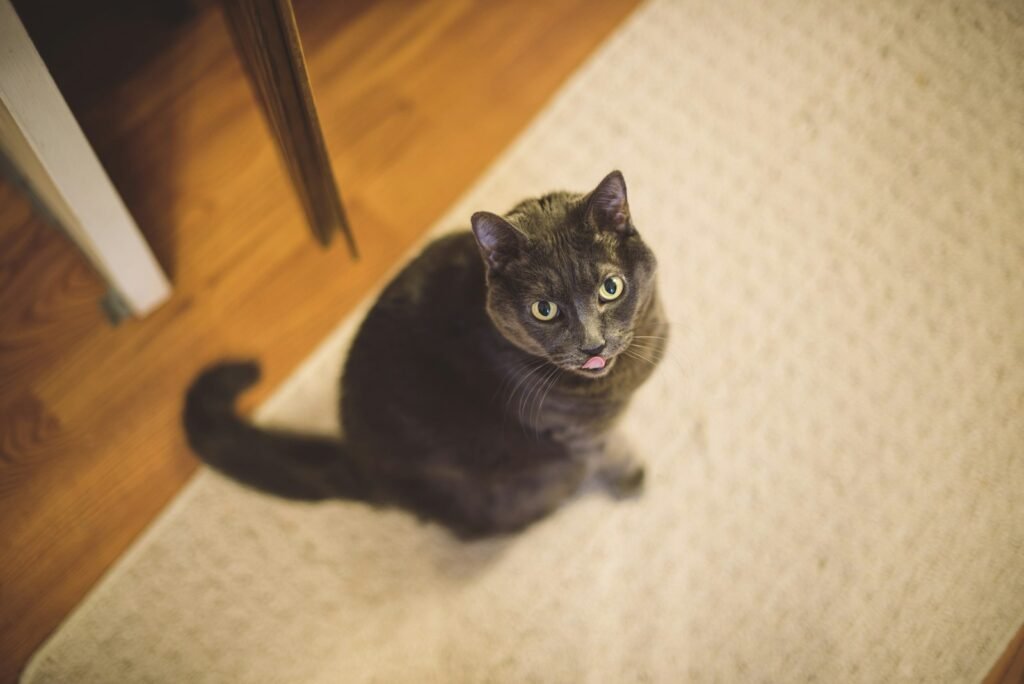
While cats do not have a biological need for carbohydrates, many commercial cat foods contain them. Carbohydrates can provide a quick energy source and help with food texture and palatability. However, it’s important that they remain a minimal component in the diet to avoid obesity, which is a common issue for indoor cats with lower activity levels.
Vitamins and Minerals: Micronutrients Matter
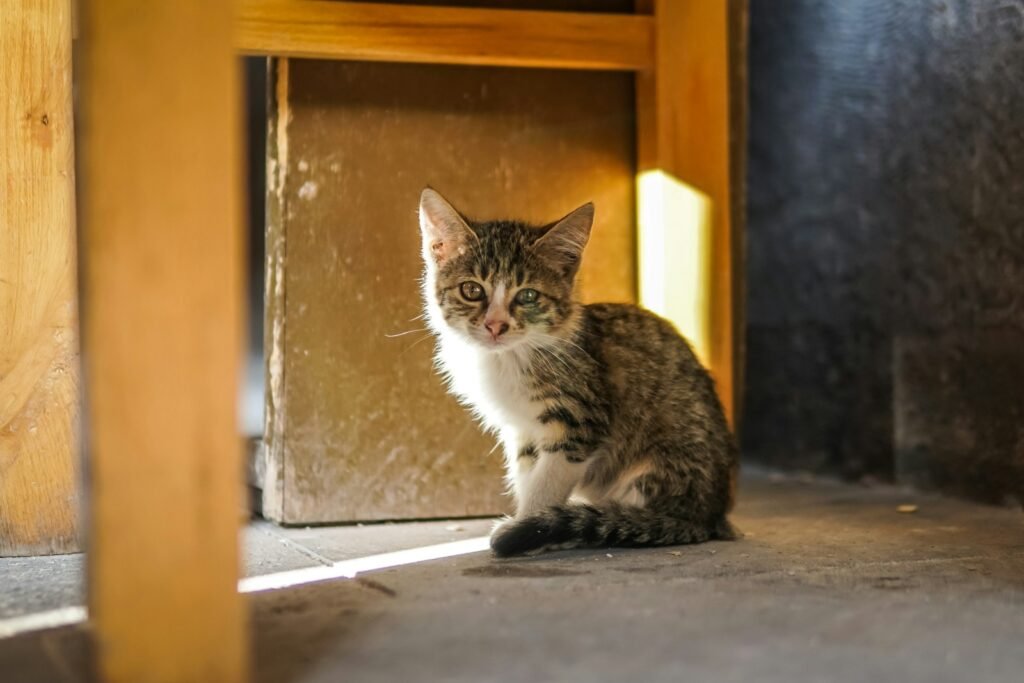
Cats require a range of vitamins and minerals, including vitamin A, vitamin D, calcium, and phosphorus, to support various bodily functions like bone health, immune system function, and vision. Ensuring these micronutrients are present in adequate amounts is crucial, especially since indoor cats do not have access to the natural sources that outdoor cats might find.
Wet vs. Dry Food: Evaluating the Options
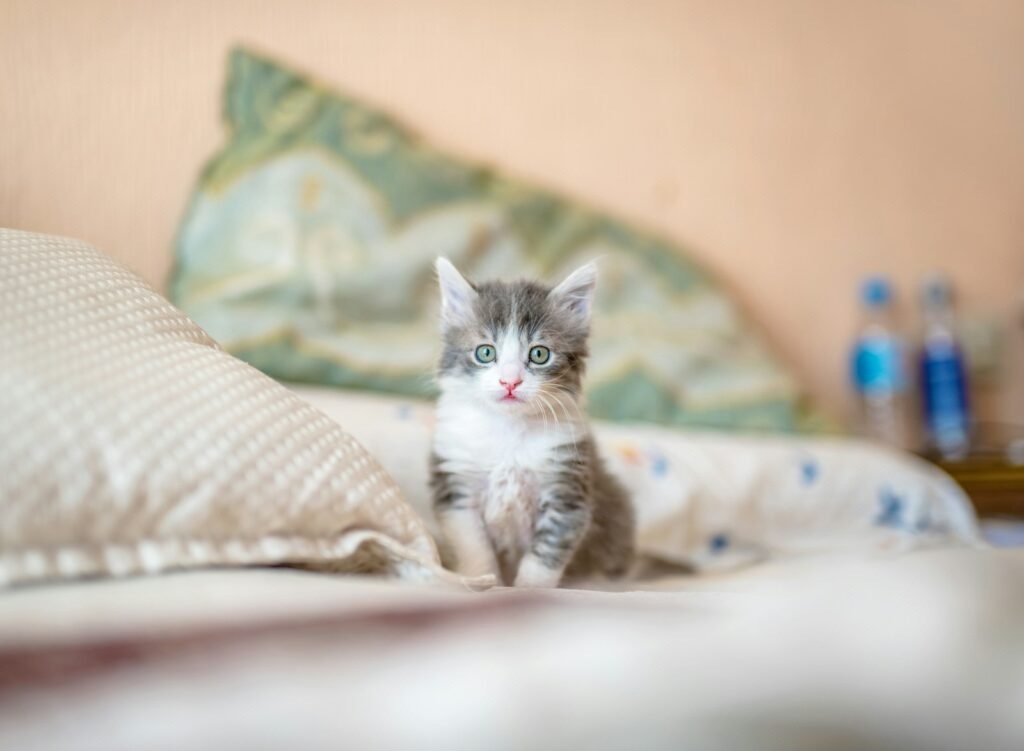
Choosing between wet and dry cat food is a common dilemma for pet owners. Wet food generally contains higher moisture content, which can prevent urinary tract issues—a frequent concern in indoor cats. Dry food, however, is more convenient and can help maintain dental health, provided it is part of a balanced diet. Mixing both types may offer benefits from both worlds.
The Impact of Meal Frequency and Portion Control
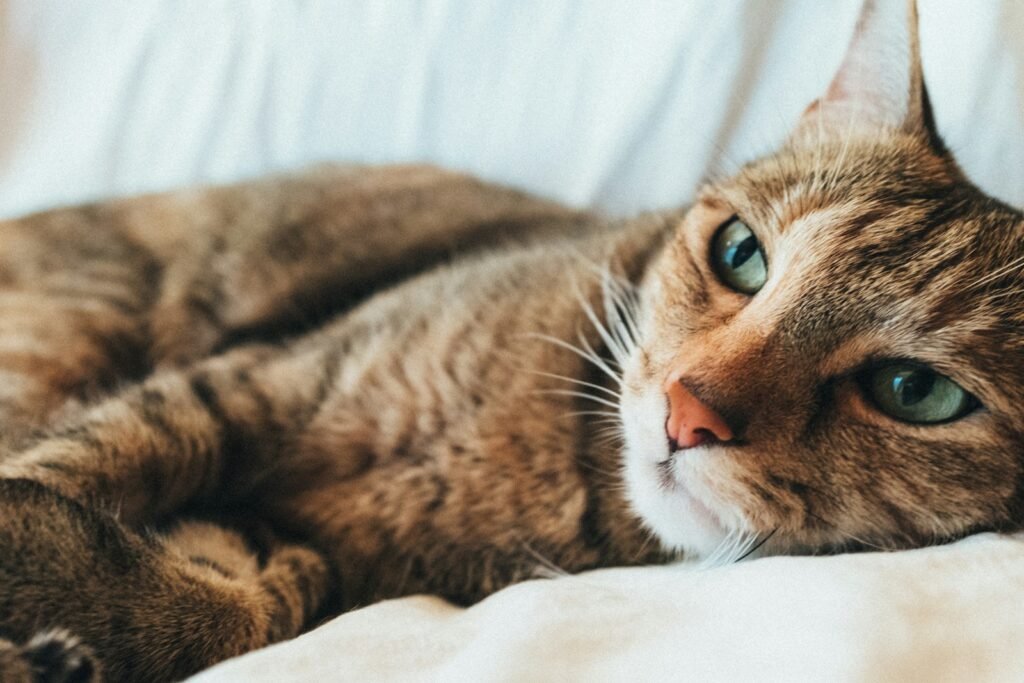
Establishing a consistent feeding schedule with controlled portion sizes is vital for preventing obesity, a prevalent issue in indoor cats that lead sedentary lifestyles. Dividing their food into multiple small meals throughout the day can also help maintain their digestive health and keep them fulfilled and active.
Addressing Special Dietary Needs and Allergies

Some indoor cats may develop food allergies or have specific health conditions that require special dietary considerations, such as kidney disease or diabetes. In these cases, consulting a veterinarian to tailor a diet that meets these unique needs is crucial for managing their health effectively.
Introducing Natural and Homemade Diets
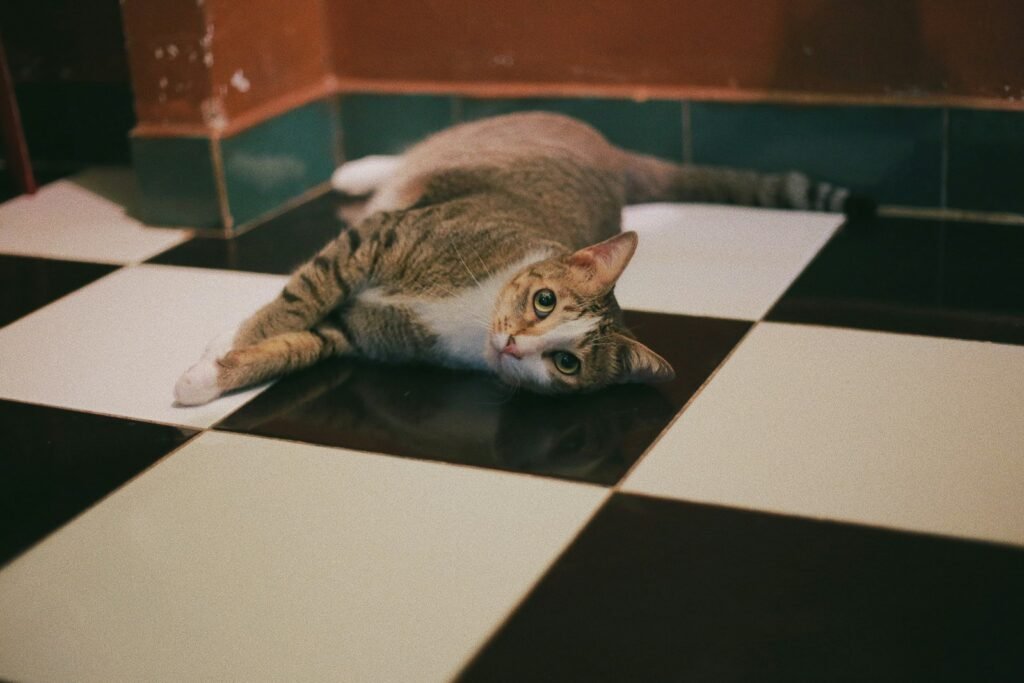
Some cat owners opt for natural or homemade diets to have more control over the ingredients and to avoid additives found in commercial foods. While these diets can be beneficial, it is essential to ensure they provide a complete nutrient profile. Consulting with a veterinary nutritionist can help design a balanced homemade diet.
Monitoring and Adjusting Your Cat’s Diet
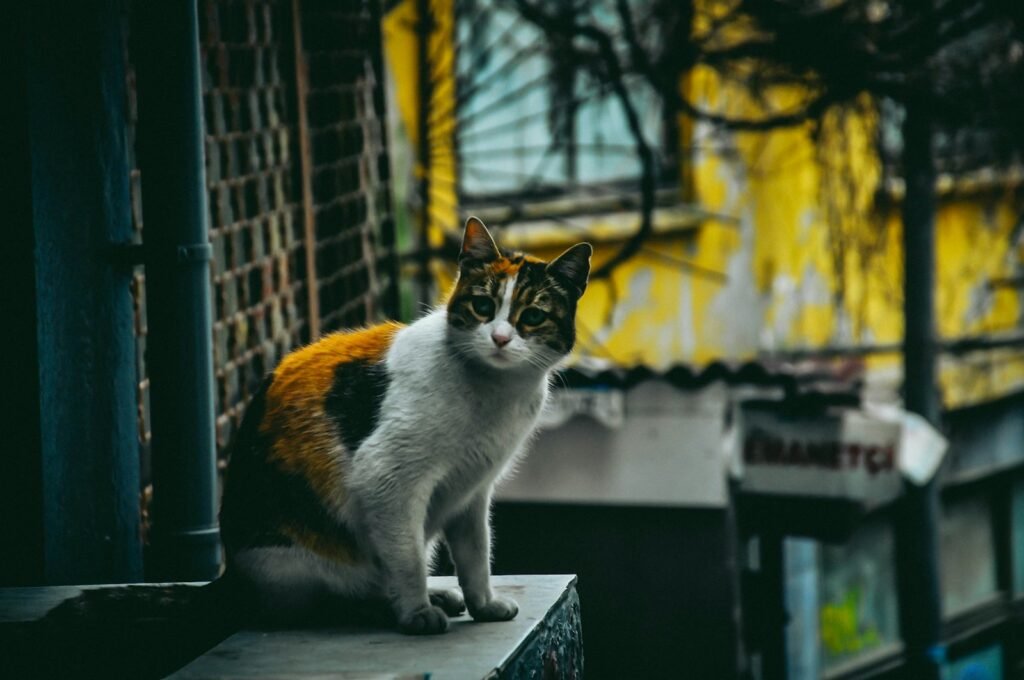
Regularly monitoring your cat’s weight, coat condition, and energy levels can provide insights into whether their current diet is suitable. Adjustments may be necessary as your cat ages or if their health status changes. Frequent veterinary check-ups can aid in identifying any dietary deficiencies or necessary modifications in their nutrition plan.
Conclusion: Tailoring the Best Diet for Your Indoor Cat

Creating and maintaining the best diet for your indoor cat involves understanding their unique nutritional needs and staying informed about dietary components. By focusing on high-quality proteins, balanced fats, minimal carbohydrates, and essential vitamins and minerals, you can ensure your cat remains healthy, active, and vibrant. Always consider consulting with veterinary professionals when planning significant dietary changes to align with your cat’s specific needs.
Hi, I’m Bola, a passionate writer and creative strategist with a knack for crafting compelling content that educates, inspires, and connects. Over the years, I’ve honed my skills across various writing fields, including content creation, copywriting, online course development, and video scriptwriting.
When I’m not at my desk, you’ll find me exploring new ideas, reading books, or brainstorming creative ways to solve challenges. I believe that words have the power to transform, and I’m here to help you leverage that power for success.
Thanks for stopping by, Keep coming to this website to checkout new articles form me. You’d always love it!



